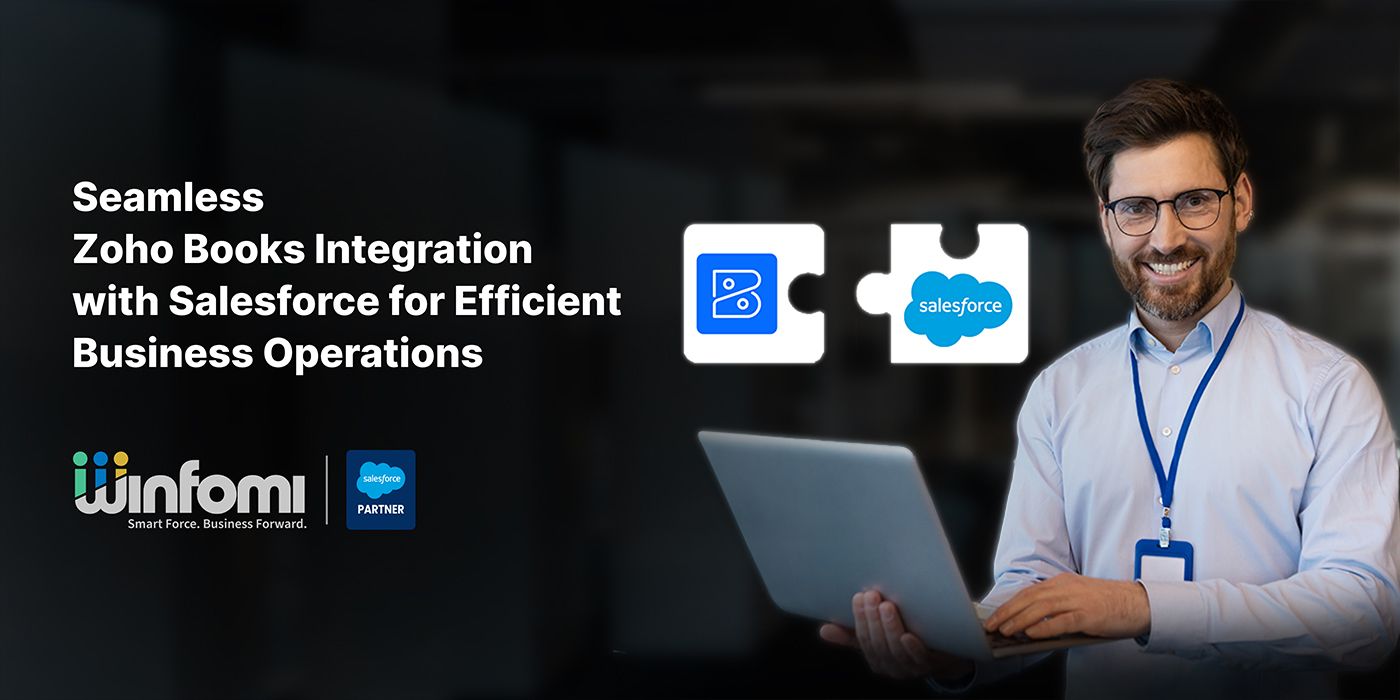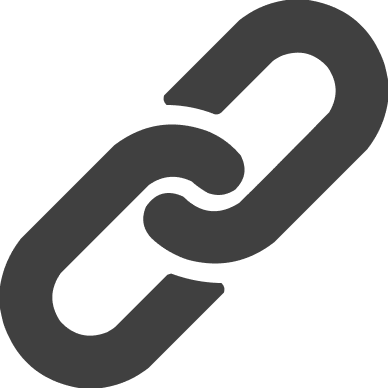

Share:
Table Of Contents
- Staff Augmentation vs Outsourcing: Finding the Best Fit for Your Business
- Staff Augmentation vs Outsourcing: A Simplified Overview
- Similarities Between Staff Augmentation and Outsourcing
- Key Differences Between Staff Augmentation and Outsourcing
- Staff Augmentation vs Outsourcing: Which Is More Suitable?
- Frequently Asked Questions (FAQs)
Staff Augmentation vs Outsourcing: Finding the Best Fit for Your Business
Every company aspires to deliver projects efficiently and successfully. However, businesses often encounter challenges that require alternative approaches to maintain productivity and meet goals. Staff augmentation and outsourcing are two prominent strategies that enable companies to optimize their workforce and achieve operational excellence.
Choosing the right model can be a complex decision, as both approaches offer unique advantages. This blog explores the key differences between staff augmentation and outsourcing, helping businesses determine the best fit for their specific needs.
Staff Augmentation vs Outsourcing: A Simplified Overview
Staff Augmentation:
Staff augmentation allows companies to temporarily onboard experienced professionals on a contract basis to meet project-specific requirements and ensure timely delivery.
Outsourcing:
Outsourcing involves engaging a vendor organization to handle specific aspects or entire projects under a contractual agreement.
Similarities Between Staff Augmentation and Outsourcing
Bridging the Expertise Gap
Both models address skill gaps within a company. While staff augmentation integrates external professionals into the internal team, outsourcing delegates project responsibilities to an external vendor with expertise in the required domain.
Access to Global Talent
Companies leveraging either model can access global talent, enabling them to find the best professionals without geographical constraints.
Reduced Employee Tax Obligations
Since both models involve third-party professionals, companies do not bear the burden of employee taxes and benefits, which are managed by the staffing or outsourcing provider.
To determine the best approach, let’s explore the key differences between staff augmentation and outsourcing across various parameters.
Key Differences Between Staff Augmentation and Outsourcing
Working Approach:
- Staff Augmentation: The hired professionals integrate with the internal team, working under the company’s supervision.
- Outsourcing: The vendor company handles project execution independently, with minimal involvement from the client.
Suitable Situations:
- Staff Augmentation: Best suited for companies that require specialized expertise for short-term projects or urgent requirements.
- Outsourcing: Ideal for businesses managing multiple projects simultaneously with limited internal resources.
Information Security:
- Staff Augmentation: Data sharing is limited to project requirements, ensuring better confidentiality.
- Outsourcing: Vendors require access to a broader set of information, increasing the risk of data breaches, albeit protected by confidentiality agreements.
Task Responsibility:
- Staff Augmentation: Professionals work within the company, handling only assigned tasks.
- Outsourcing: The vendor manages the entire project, including hiring and team coordination.
Communication Clarity:
- Staff Augmentation: Direct communication channels allow seamless collaboration.
- Outsourcing: Multiple layers of communication between the client and vendor can lead to miscommunication.
Knowledge Sharing:
- Staff Augmentation: Internal teams benefit from the external professionals’ expertise and vice versa.
- Outsourcing: Knowledge transfer is limited to vendor-to-client communication, without direct interaction between the vendor’s and client’s teams.
Staff Augmentation vs Outsourcing: Which Is More Suitable?
Selecting between staff augmentation and outsourcing depends on your business needs:
- Opt for staff augmentation: if you need specialized professionals to supplement your internal team for short-term projects.
- Choose outsourcing: if you want a vendor to manage an entire project from start to finish.
Both approaches are beneficial when aligned with a company’s specific requirements. If you're uncertain about the right choice for your business, Winfomi’s experts can provide tailored guidance to help you make an informed decision.






